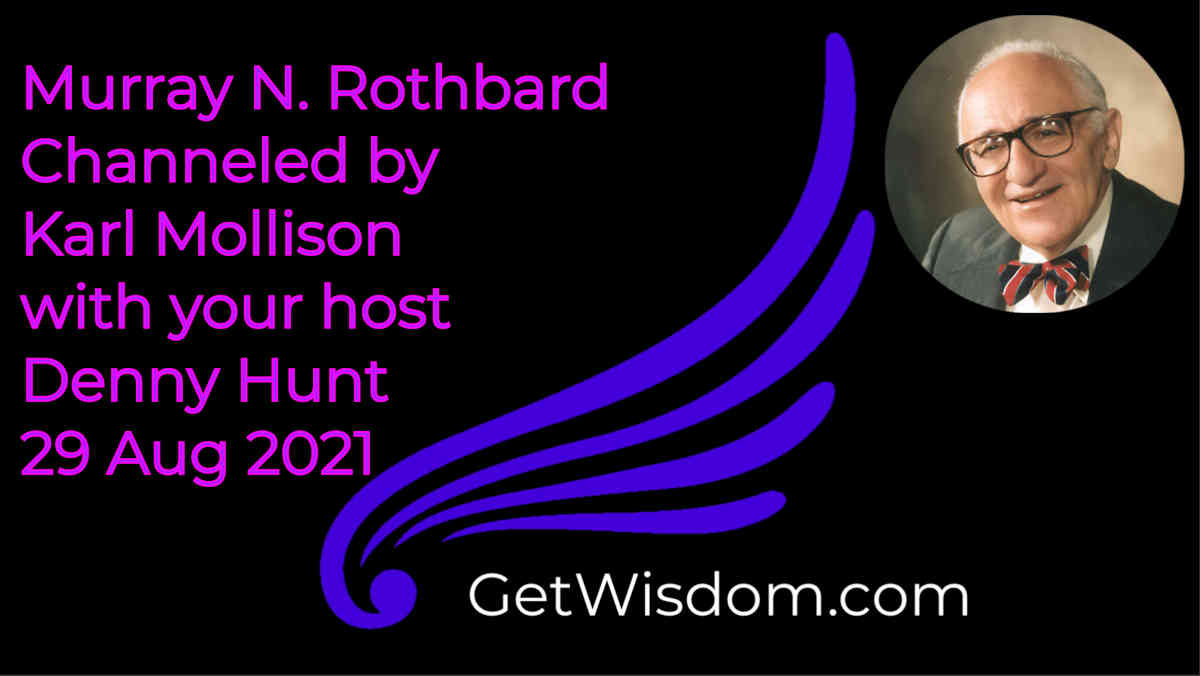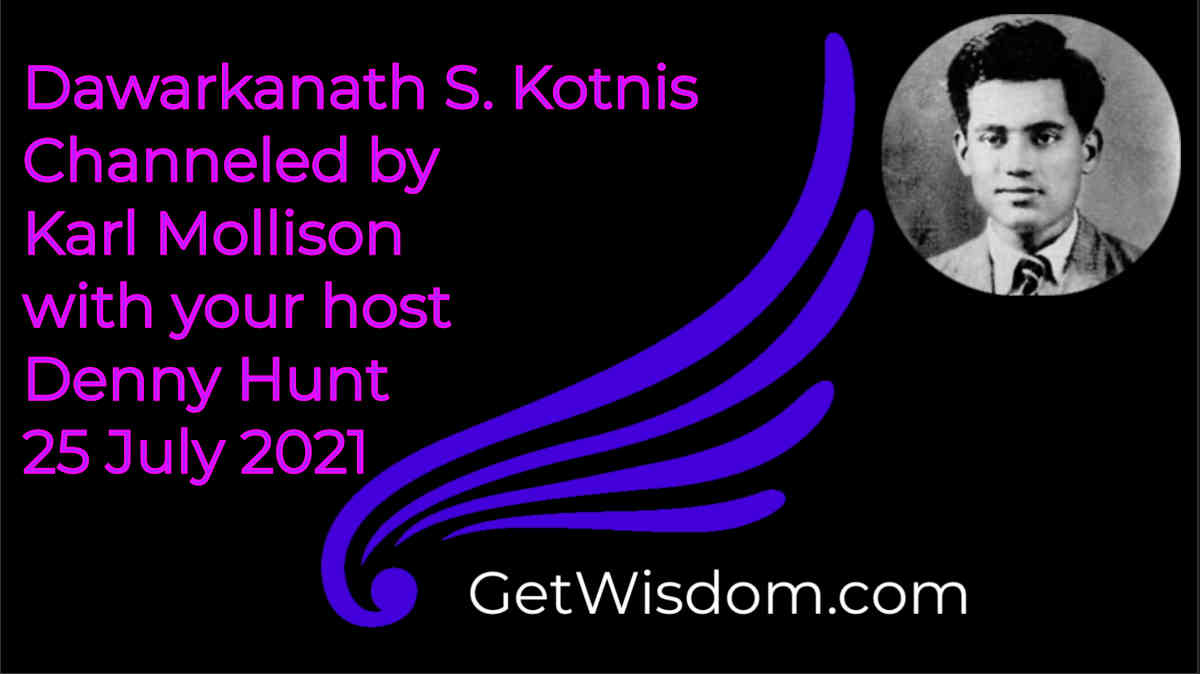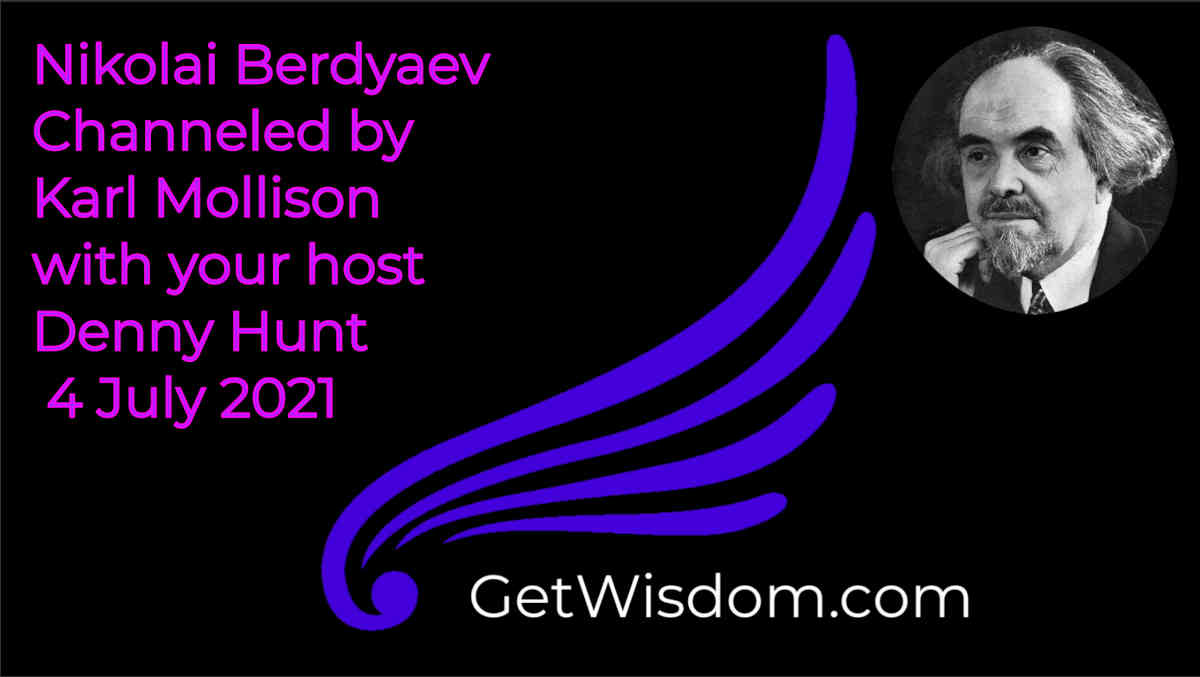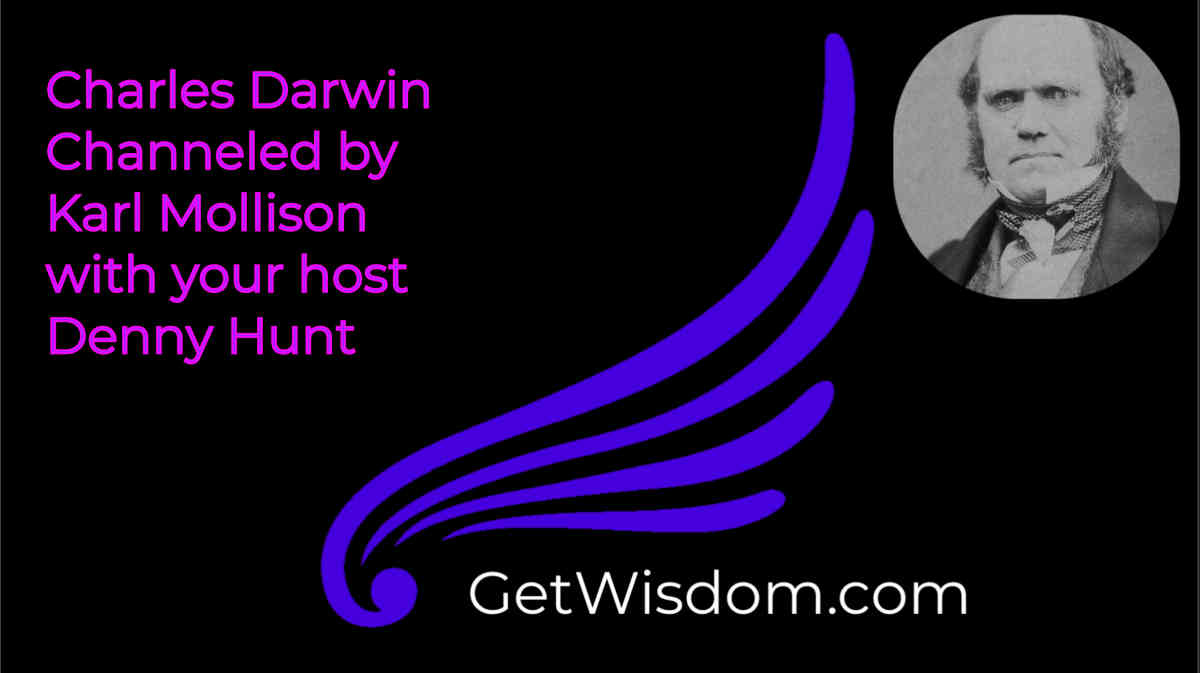
Timothy McVeigh Channeled by Karl Mollison 26 Sept 2021
From: https://www.history.com/this-day-in-history/mcveigh-convicted-for-oklahoma-city-bombing
www.history.com
“Timothy McVeigh convicted for Oklahoma City bombing” By History.com Editors
Timothy McVeigh, April 23, 1968 – June 11, 2001 a former U.S. Army soldier, is convicted on 15 counts of murder and conspiracy for his role in the 1995 terrorist bombing of the Alfred P. Murrah Federal Building in Oklahoma City.
On April 19, 1995, just after 9 a.m., a massive truck bomb exploded outside the Alfred P. Murrah Federal Building. The blast collapsed the north face of the nine-story building, instantly killing more than 100 people and trapping dozens more in the rubble. Emergency crews raced to Oklahoma City from across the country, and when the rescue effort finally ended two weeks later, the death toll stood at 168 people, including 19 young children who were in the building’s day-care center at the time of the blast.
On April 21, the massive manhunt for suspects in the worst terrorist attack ever committed on U.S. soil resulted in the capture of Timothy McVeigh, a 27-year-old former U.S. Army soldier who matched an eyewitness description of a man seen at the scene of the crime. On the same day, Terry Nichols, an associate of McVeigh’s, surrendered at Herington, Kansas, after learning that the police were looking for him. Both men were found to be members of a radical right-wing survivalist group based in Michigan, and on August 8, John Fortier, who knew of McVeigh’s plan to bomb the federal building, agreed to testify against McVeigh and Nichols in exchange for a reduced sentence. Two days later, a grand jury indicted McVeigh and Nichols on murder and conspiracy charges.
While still in his teens, Timothy McVeigh acquired a penchant for guns and began honing survivalist skills he believed would be necessary in the event of a Cold War showdown with the Soviet Union. Lacking direction after high school, he enlisted in the U.S. Army and proved a disciplined and meticulous soldier. It was during this time that he befriended Terry Nichols, a fellow soldier who, though 13 years his senior, shared his survivalist interests.
In early 1991, McVeigh served in the Persian Gulf War and was decorated with several medals for a brief combat mission.
Despite these honors, he was discharged from the army at the end of the year, one of many casualties of the U.S. military downsizing that came after the collapse of the Soviet Union.
Perhaps also because of the end of the Cold War, McVeigh shifted his ideology from a hatred of foreign communist governments to a suspicion of the U.S. federal government, especially as its new elected leader, Democrat Bill Clinton, had successfully campaigned for the presidency on a platform of gun control.
The August 1992 shoot-out between federal agents and survivalist Randy Weaver at his cabin in Idaho, in which Weaver’s wife and son were killed, followed by the April 19, 1993, inferno near Waco, Texas, which killed some 80 Branch Davidians, deeply radicalized McVeigh, Nichols, and their associates. In early 1995, Nichols and McVeigh planned an attack on the federal building in Oklahoma City, which housed, among other federal agencies, the Bureau of Alcohol, Tobacco, and Firearms (ATF)–the agency that had launched the initial raid on the Branch Davidian compound in 1993.
On April 19, 1995, the two-year anniversary of the disastrous end to the Waco standoff, McVeigh parked a Ryder rental truck loaded with a diesel-fuel-fertilizer bomb outside the Alfred P. Murrah Federal Building in Oklahoma City and fled. Minutes later, the massive bomb exploded, killing 168 people.
On June 2, 1997, McVeigh was convicted on 15 counts of murder and conspiracy, and on August 14, under the unanimous recommendation of the jury, he was sentenced to die by lethal injection. In December 2000, McVeigh asked a federal judge to stop all appeals of his convictions and to set a date for his execution by lethal injection at the U.S. Penitentiary at Terre Haute, Indiana. McVeigh’s execution, in June 2001, was the first federal death penalty to be carried out since 1963.
Michael Fortier was sentenced to 12 years in prison and fined $200,000 for failing to warn authorities about McVeigh’s bombing plans. In a federal trial, Terry Nichols was found guilty on one count of conspiracy and eight counts of involuntary manslaughter and was sentenced to life in prison. In a later Oklahoma state trial, he was charged with 160 counts of first-degree murder, one count of first-degree manslaughter for the death of an unborn child, and one count of aiding in the placement of a bomb near a public building. On May 26, 2004, he was convicted of all charges and sentenced to 160 consecutive life sentences without the possibility of parole.









